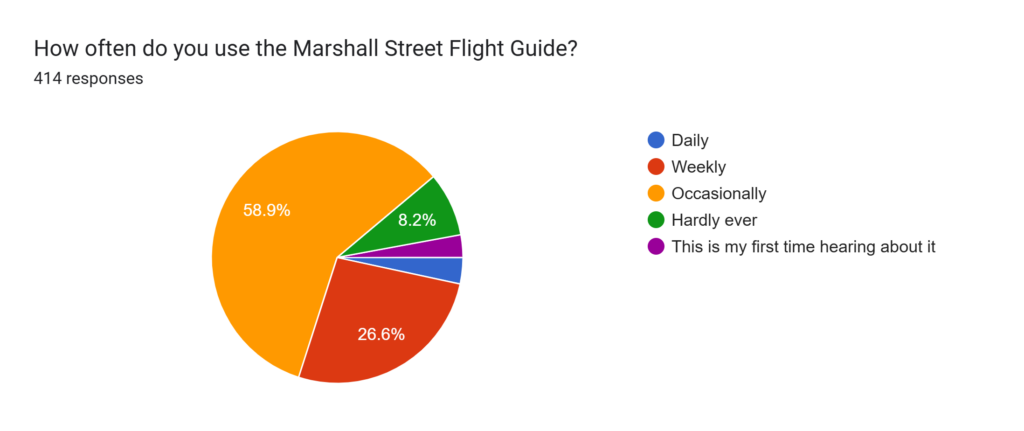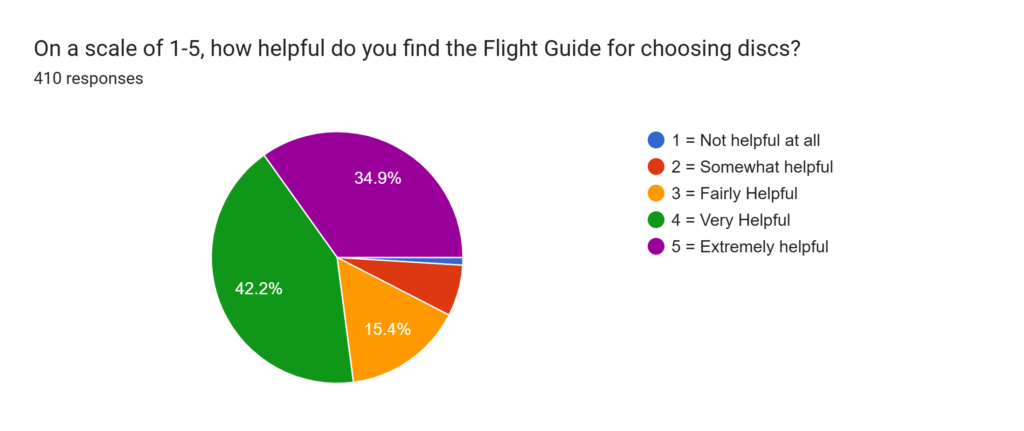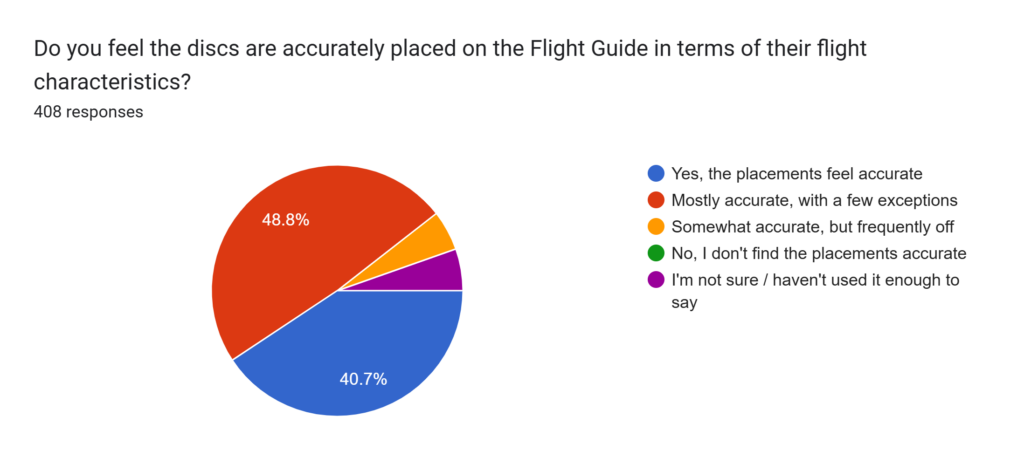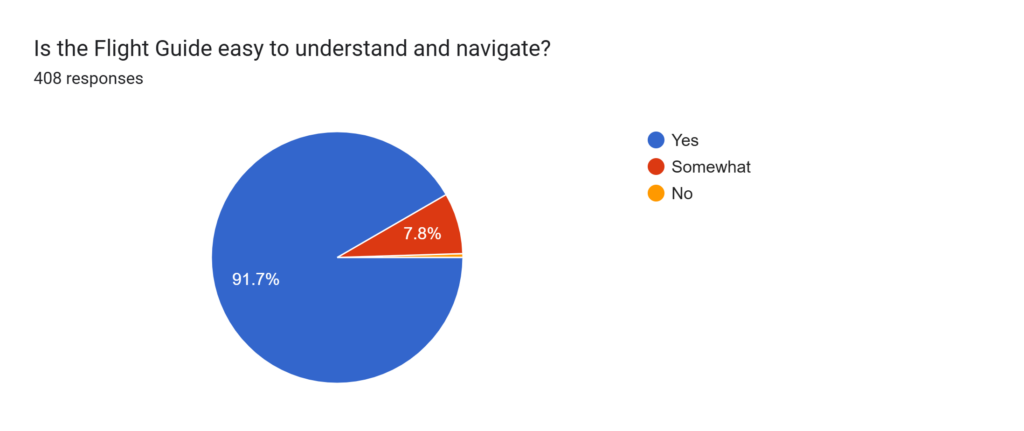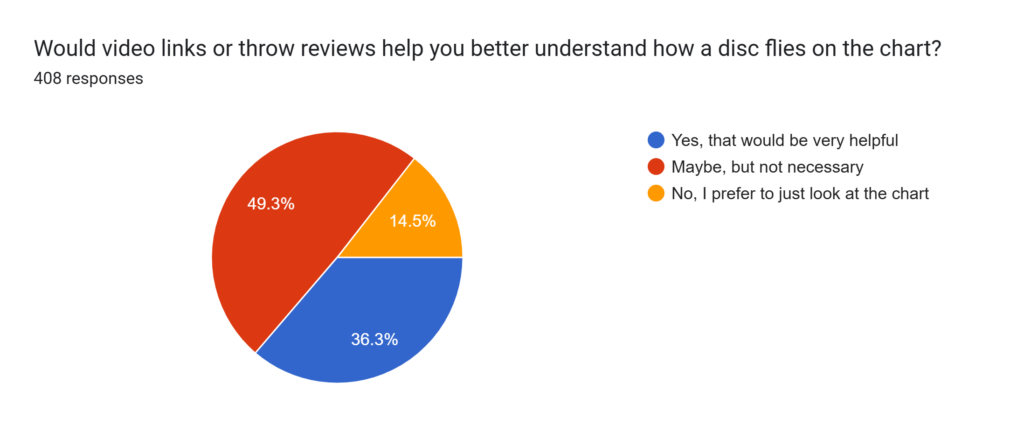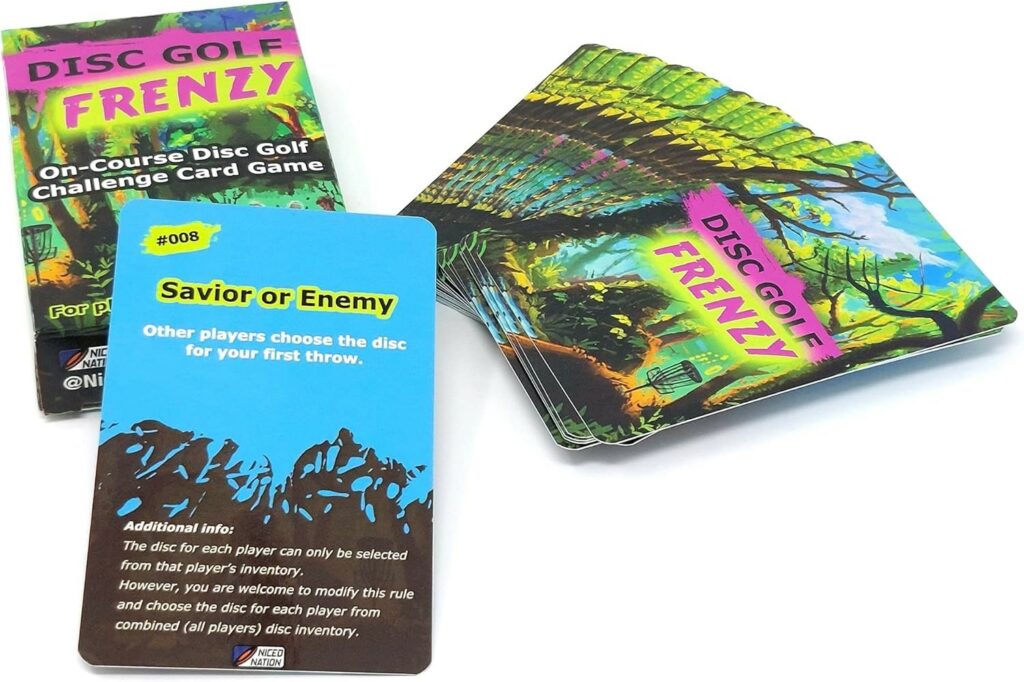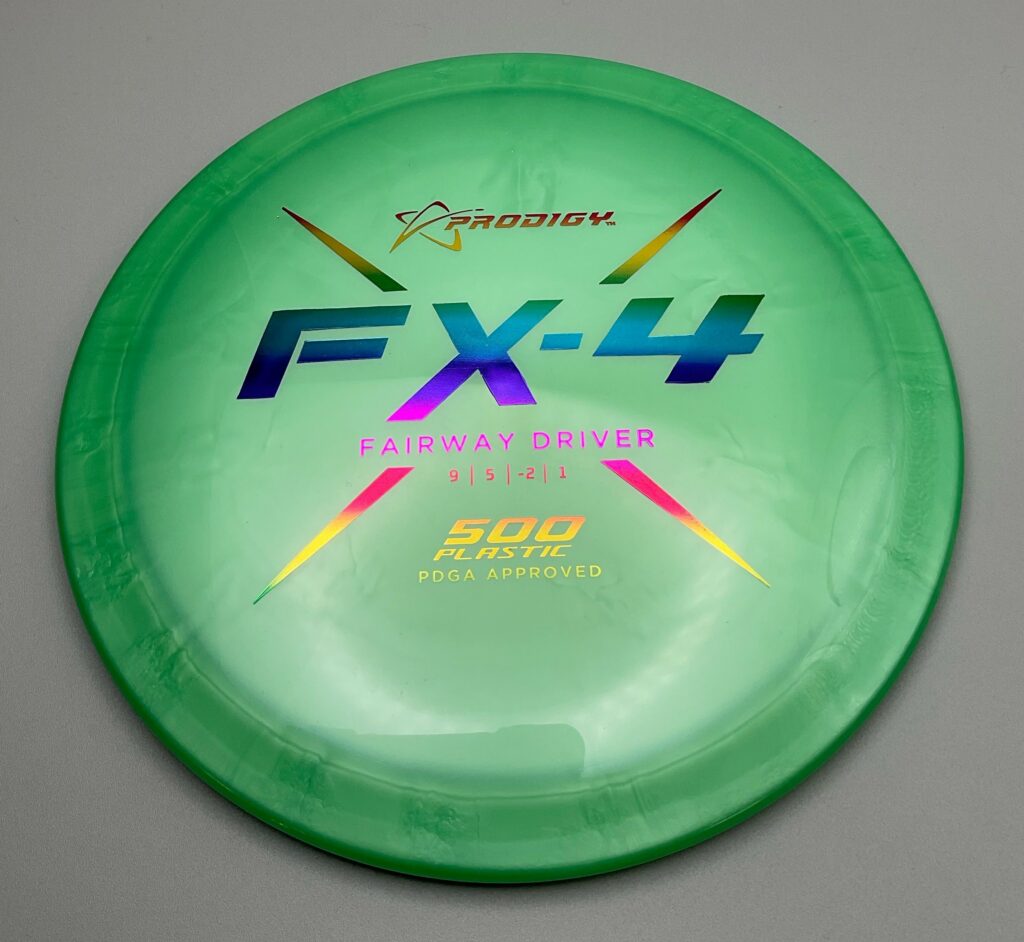Black Friday Starts Soon!
Marshall Street is the place to be for all your disc golf related Black Friday shopping! Discs and disc golf accessories make perfect gifts for your disc golfing friends and family, or even folks who are just disc golf curious.
We’re impatient, so we’re not waiting until Friday to start our HUGE holiday deals. This guide will explain what is going on sale, and when, so you can be prepared to save BIG. Don’t miss out on the largest push of disc-counts of the entire year.
*Some Exclusions Apply To Any/All Advertised Discounts*
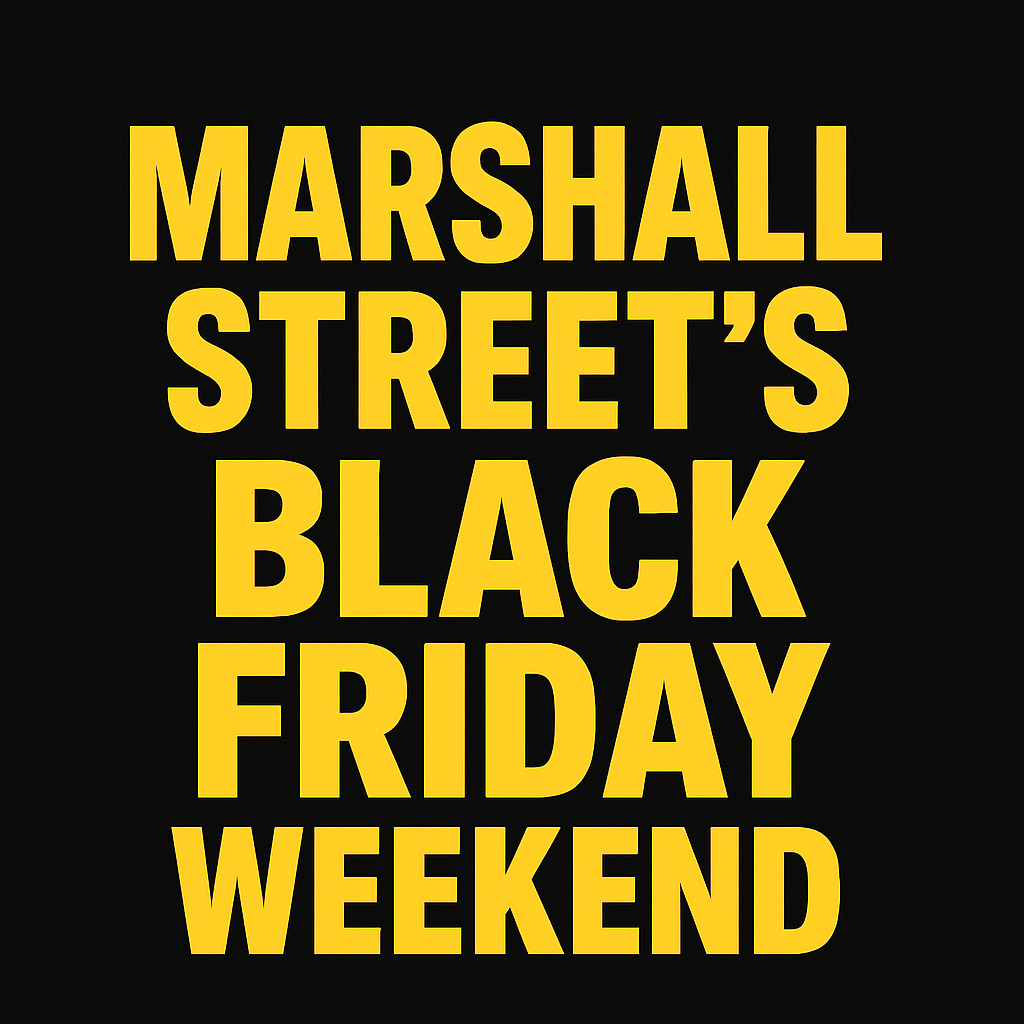
Full Black Friday Schedule
Monday November 24th
On Monday, our first batch of manufacturer discounts will hit the website. Deals will be available manufacturer wide* on brands like Innova, Infinite Discs, Discraft, DGA, Prodigy, and Gateway. It’s safe to say these discounts will be the largest of the entire year, some by a lot. Innova is almost never put on sale because of their strict minimum pricing policy, but that policy is being lifted through the holiday weekend, and we’re not a retailer that shies away from hooking up our customers! All of these sales will be live through Cyber Monday.

Wednesday November 26th
On Wednesday a whole new batch of sales will be added to the list. GYRO fans better be ready for our huge MVP, Axiom, and Streamline deals, going up alongside discounts on Mint Discs, and Thought Space Athletics. MVP and Axiom have absolutely dominated this year, and the steady increase in popularity shows no signs of slowing. Be sure to put in an order on Wednesday so you don’t miss out on some of the choice overmolds in our vast selection. All of these sales will be live through Cyber Monday!
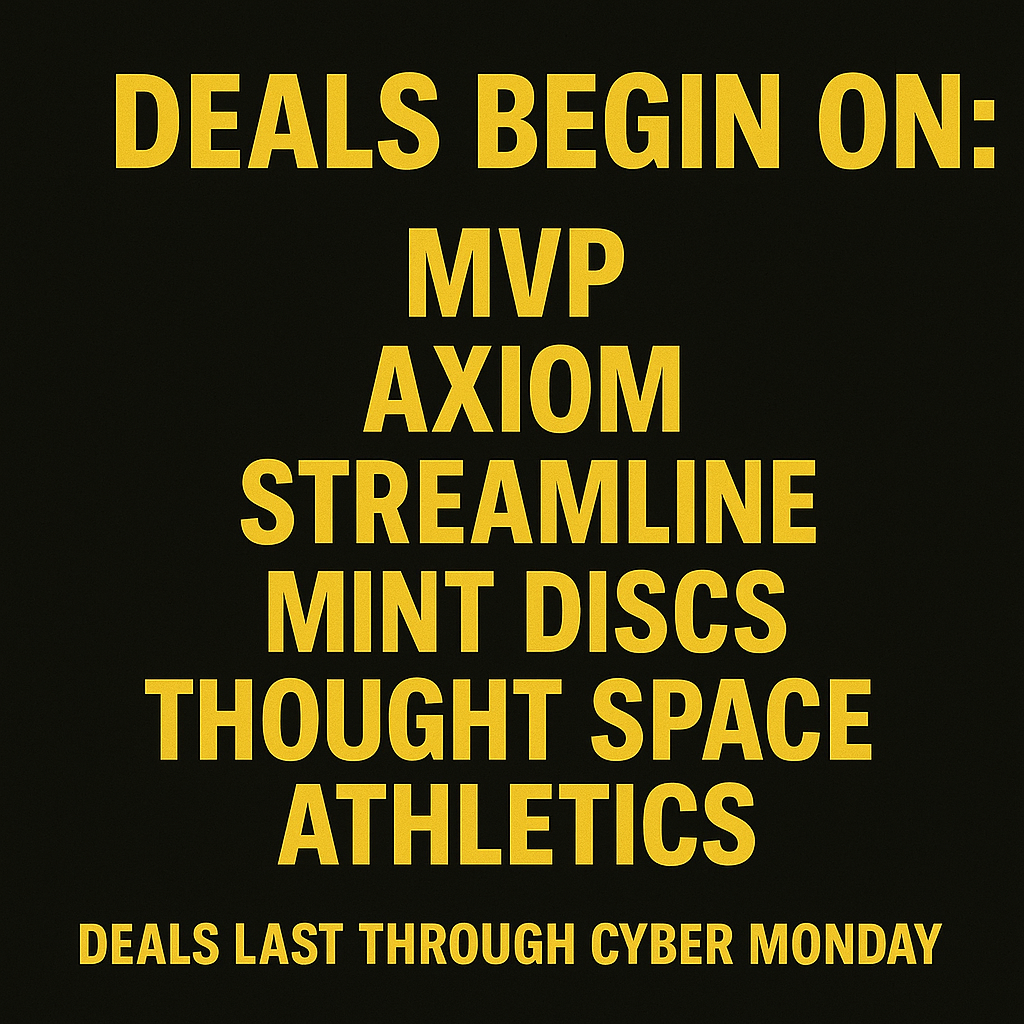
Black Friday November 28th
The big day will have the biggest sales. The discounts from Monday and Wednesday will all still be live, and HUGE discounts on Trilogy, Discmania, Climo Discs, and Clash Discs will be added to the pile for a collection of Black Friday savings that simply can’t be beat.
We also will have… a killer basket deal! MVP Black Hole Practice baskets will be out the door at a killer price starting on Black Friday. While this sale will last through the end of the year, we anticipate stock going low pretty fast on these. What’s a better gift than putting practice? There’s nothing like having a basket in the yard, and any disc golfer would be thrilled to receive one as a gift.
*Regular shipping rates will apply to international customers*
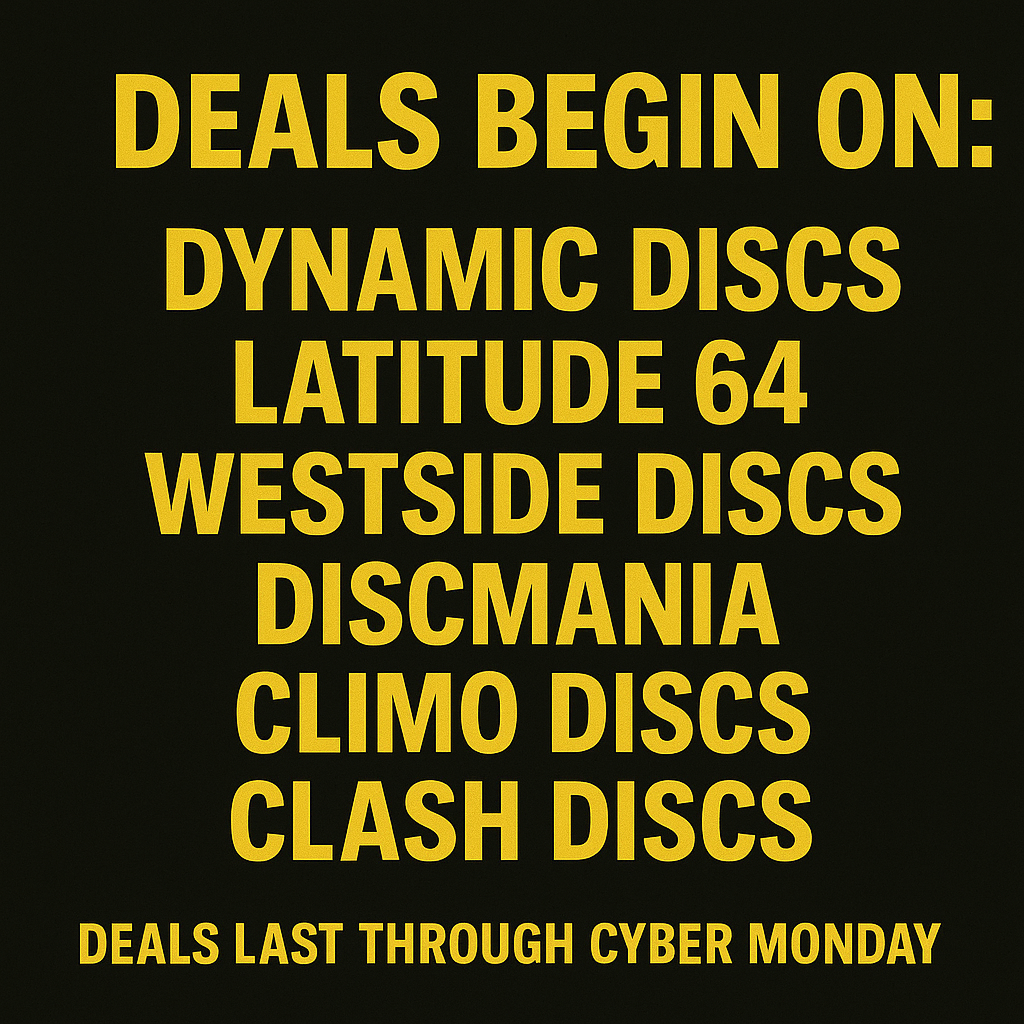

MVP Black Hole Practice Basket
On Sale starting on Black Friday! These baskets will be slashed down from their regular price to just $89.99, shipped.
*Regular Shipping rates will apply to international customers*
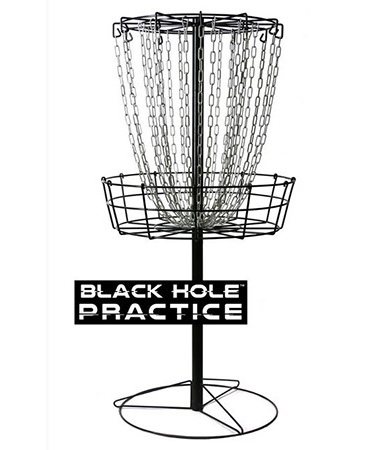
Releasing on Black Friday
MVP 2025 GYROpalooza Packs
GYROpalooza Packs are finally getting released on Black Friday! These 11-disc sets from MVP are some of the hottest disc mystery boxes of the last few years. Each box is guaranteed to have 4 GYROpalooza exclusive Special Edition discs, and then the mystery begins with 2 random R2 Neutron discs, and 5 random Lab Second discs.
Any disc golfer who throws MVP would be completely enamored to be able to open one of these packs on Christmas morning.
These WILL sell out.
Black Friday Disc Releases
There’s a slew of new discs dropping on Black Friday as well! Latitude 64 is putting out more discs in their “Project Grip” plastic, including the Claymore, Saint, and… dun dun dun… the River!
Other hot releases like the Opto Ice Sparkle Splash Diamond and the Special Edition Horizon D-Line P3X, Flex 2 will also be hitting the shelves. Check out our full schedule of Upcoming Releases HERE!
Things To Remember
Marshall Street Black Friday Deals start on Monday Nov. 24th
A second batch of discounts will be added on Wednesday Nov. 26th
A third batch of HUGE deals will be added on Black Friday Nov. 28th
All three batches of sales will be live through Cyber Monday.
Starting on Black Friday, MVP Black Hole Practice baskets will be on sale!
*Regular shipping rates will apply to international customers*
*Some Exclusions Apply To Any/All Advertised Discounts*

